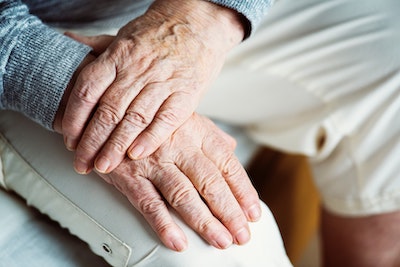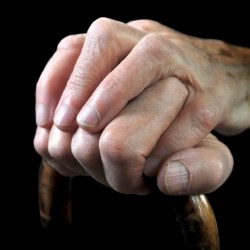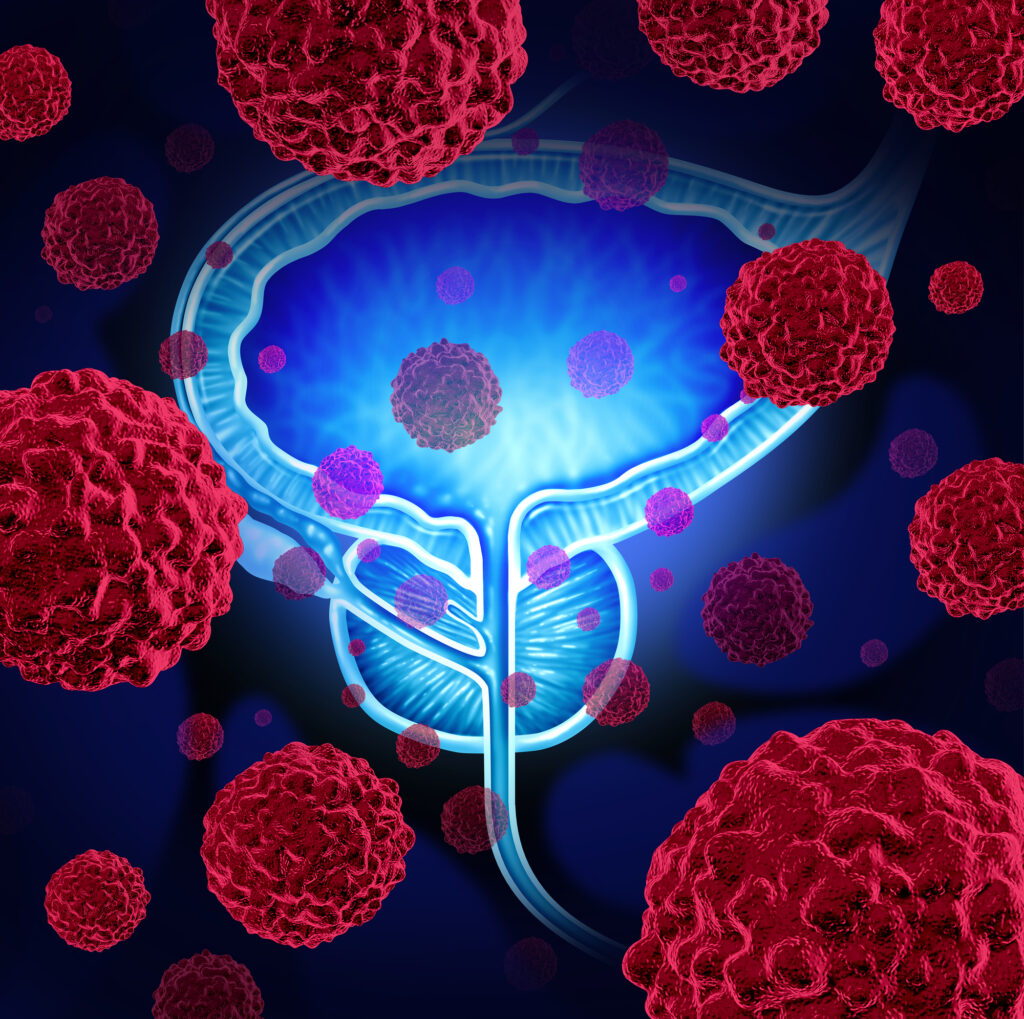
A recent article in Clinical Interventions in Aging looked at the relationship between vitamin D deficiency and muscle function in community-dwelling older adults. The researchers suggested that since Vitamin D deficiency is prevalent in older adults, optimizing vitamin D status may be a practical and cost-effective approach to support improved muscle function.
They set out to determine if older adults with a vitamin D deficiency had impaired muscle function, and if so, would raising 25(OH)D levels improve or preserve muscle function. Researchers also considered falls as a secondary aim of their research.
Aging is often associated with the loss of skeletal muscle mass as well as a loss of muscle strength or performance – these factors are attributes often associated with sarcopenia. This issue is a major public health concern, because it negatively influences 6% to 22% of older adults (and half of those over eighty years of age) leading to a negative impact on their quality of life, healthcare, mobility, falls risk, and independence. Previous research has shown that resistance exercise and nutritional factors positively influence muscle function.

Research has already established a relationship between vitamin D levels and the normal development and maintenance of the skeleton. Researchers have stated that “In order to maintain “good bone health” guidelines concerning the recommended dietary intakes should be followed and screening for Vit. D deficiency in individuals at risk for deficiency is required, followed by the appropriate action.” The current study looked at 4157 community-dwelling adults with an average age of 69.8 years of age.
Some characteristics of this population included:
~ Polypharmacy use: 29.1%
~ Longstanding limiting disease: 54.3%
~ Participants who rated their health as “good”: 76.3%
~ Overweight and obesity: 73%
~ Regular vigorous activity: 41.8%
They used guidelines from the Institute of Medicine (IOM) and categorized a deficiency as 25(OH)D <30 nmol/L and an insufficiency defined as <50 nmol/L. They also considered the season of the blood sampling using a vitamin D calendar that categorized April thru September as summer and October thru March as winter and noted that almost half (48.6%) of this group reported sun holiday travel within the past 12 months. Regarding serum Vit D levels, the mean serum concentration was 49.7 nmol/L with over half the participants (53.7%) having insufficient levels (<50 nmol/L) of which 21.8% were deficient (<30 nmol/L).
Only 5.1% of participants reported supplement use, but it was only recorded if it was prescribed vitamin D and calcium for osteoporosis but did not include the use of non-prescribed Vitamin D supplements. Given the low percentage of supplementation, researchers suggest that food fortification or other strategies may be necessary to improve vitamin D deficiencies in this population.
Researchers used handgrip strength (HGS) and the short physical performance battery (SPPB) to estimate impaired muscle strength. The SPPB consists of an eight-foot gait speed test, a repeated chair rise task and a static balance test. They looked at these variables along with potential confounders and related variables.
Results from the study include the following:
~ The prevalence of impaired muscle strength reduced performance and falls was consistently higher in women than in men.
~ The prevalence of poor physical performance significantly decreased in line with increasing 25(OH)D concentration.
~ Poor physical performance was significantly associated with vitamin D deficiency.
“The model showed that aged 70+, female gender, retired, fair self- reported health, falls >1, polypharmacy and overweight or obesity were significantly associated with low muscle strength.”
The secondary aim of the research was the incidence of falls. Fall rate was evaluated as one fall or multiple falls in the past 12 months. Fall rates were 15.8% for single falls and 10.5% for multiple falls but did not significantly differ by 25 (OH)D status in community-dwelling older adults. However, researchers noted that supplementation may reduce fall rates in more vulnerable populations such as those in residential care facilities.
Conclusion/ Impaired muscle strength and physical performance were identified in 30.6% and 12.7%, respectively, of older adults, rising to 40.4% and 25.2% amongst those with the lowest vitamin D concentrations.
Consistent with this, vitamin D deficiency [25(OH)D <30 nmol/L] was associated with both impaired muscle strength and impaired physical performance based on regression analysis models. It is accepted that, at a minimum, we should seek to eliminate vitamin D deficiency of ≤30 nmol/L, the cutoff for the prevention of bone disease. This strategy may also protect skeletal muscle function in aging populations.





